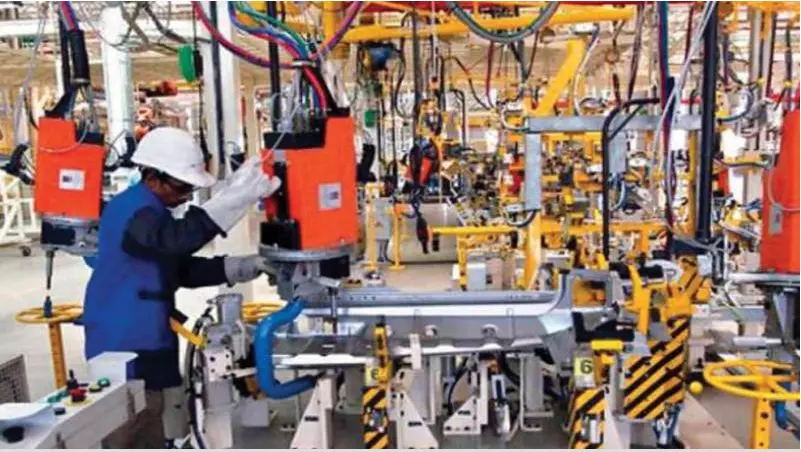AA Edit | Holistic approach needed over new industrial cities
India's new smart industrial cities aim to elevate manufacturing with Rs 28,602 crore investment, targeting a 25% sector share

The National Democratic Alliance government has announced a slew of measures that boost the manufacturing sector in the Indian economy. The measures include setting up of smart industrial cities across the country, which the government expects would attract foreign investment from major global manufacturers, who are pursuing the new China plus one policy.
The 12 smart industrial cities will be set up by the Central government with an estimated investment of Rs 28,602 crores. The projects will span across 10 states and have been strategically planned across six major corridors.
According to the government, the industrial smart cities will focus on manufacturing-related sectors and are expected to attract investments worth Rs 1.52 lakh crores. The government’s plans are aimed at increasing the share of India’s manufacturing sector from the current 17 per cent to 25 per cent.
While the intent of the government is good and could address the issue of unemployment, the concept of industrial cities is very old. Cities like Manchester in Britain, Ruhrgebiet in Germany or Shenzhen in China, or our own industrial estates followed this concept to boost industrialisation.
Indian leaders too have been trying to industrialise the country even before Independence. However, the share of the manufacturing sector in the country’s economy remained 17 per cent even after 77 years of self-rule. If providing free land could be a solution for industrialisation, why did it become elusive for the country? The answer lies in India’s poor record in terms of ease of doing business and policy certainty, inadequately skilled labour and, most importantly, higher wages.
While the government has been trying to address the ease of doing business, the Indian policymakers have not yet addressed the issue of policy certainty as shown by its recent attempt to amend capital gains tax and the levy of state tax on mines retrospectively. Similarly, the British era’s education policy does not churn out a technically-literate worker, who could get on to work on the shop floor immediately. If a manufacturing unit hires someone, it needs to spend its workforce’s paid time to train the trainee for free.
Similarly, higher wage cost is a huge obstacle in attracting foreign manufacturers into India. China attracted several global manufacturers by artificially freezing wages. India, a democratic country, cannot afford to take such an anti-people policy, especially when a large section of the population has become aspirational. So India cannot find the success formula to promote the manufacturing sector unless the government solves this policy conundrum.
The solution to this conundrum lies in addressing the factors that eat into people’s income — basic necessities of life. While the government provides subsidised food through the public distribution system, the high inflation in accessing essential services such as transportation, decent education, good healthcare and housing fuels demands higher wages.
If the government could devise a system which ensures the access of these four key issues in addition to affordable food, India could become the world’s manufacturing powerhouse — a tag that it shared with China throughout history. The government, therefore, should take a holistic approach to achieve its goal of making India a more industrialised nation.
